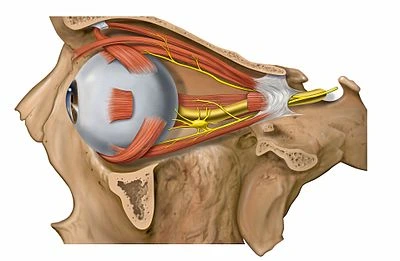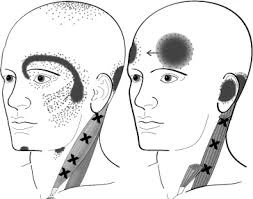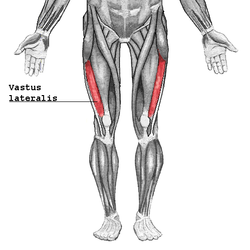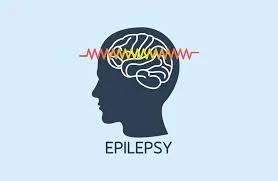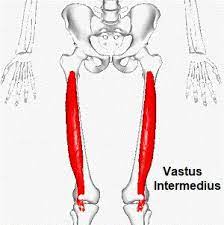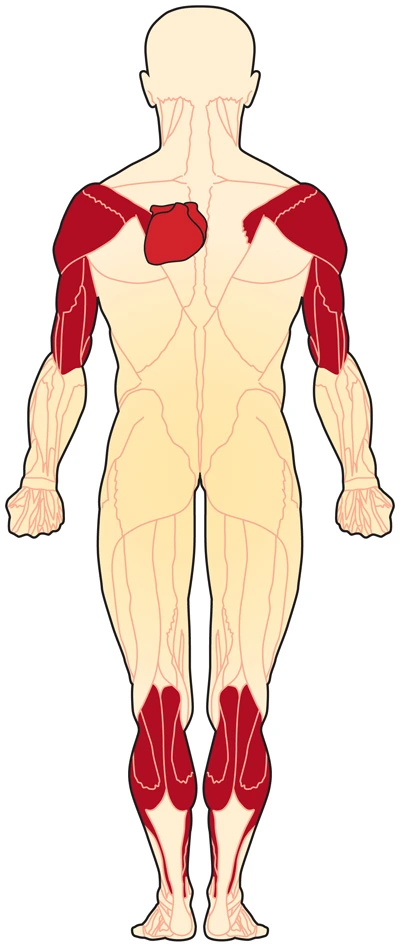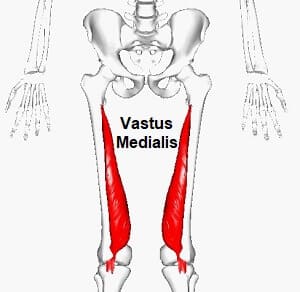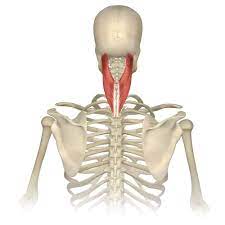Oculopharyngeal Muscular Dystrophy (OPMD)
What is Oculopharyngeal Muscular Dystrophy? Oculopharyngeal genetic disorder (OPMD) could be a rare kind of genetic disease with symptoms generally starting when a person is 40 to 50 years old. It is often autosomal dominant neuromuscular disease or autosomal recessive. the foremost common inheritance of OPMD is autosomal dominant, which implies just one copy of…

